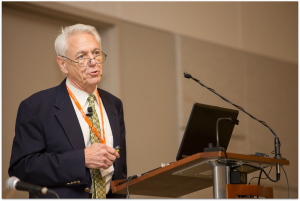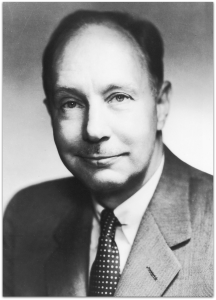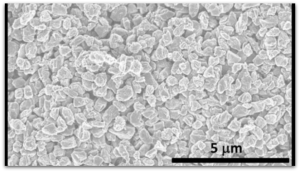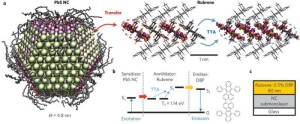The Earth is getting warmer and greenhouse gas emissions are on the rise. With carbon dioxide levels at their highest in 650,000 years, scientists across the global are grappling with the question of how to stop global warming.
For many, alternative energy sources are the answer. While the implementation of this technology is crucial for the development of a carbon-free society, flipping the grid is easier said than done. The U.S. alone is highly dependent on fossil fuels, which emit high level of greenhouse gases. Additionally, transitioning the grid to 100 percent renewables would not fully solve the issue. Emissions will still exist in the atmosphere, with warming happening right now.
“When people emerge from poverty and move toward prosperity, they consume more energy,” said Adam Heller in a recent plenary lecture.
The Need for a Solution
Currently, 13 percent of carbon dioxide emissions stem from two industries: steel and cement. According to Heller, these industry are directly correlated to global wealth—what he deems the driving force of acceleration in climate change. To put that in perspective, the solar energy technology that is currently in place in the U.S. saves only 0.3 percent through the use of solar energy, according to Heller. With carbon dioxide emissions constantly accelerating, increasing by 2 percent every year, scientists are looking for solutions to this pressing issue.
“This will lead to a catastrophe,” Heller said. “The question is, what do we do about this catastrophe?”
For Heller and other scientists, part of the answer lies in solar geoengineering (SGE).
“We need to learn something about geoengineering,” Heller said. “We need to learn something about reflecting light from the sun through aerosols in the atmosphere.”







